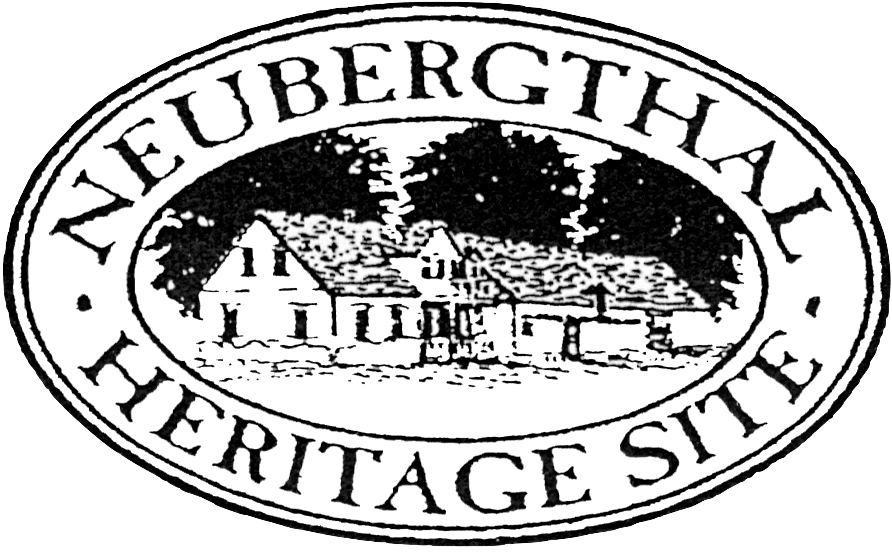H.F. Hamm House
The Hamm House, built in the settlement era for Johann and Anna Hamm, is an important Manitoba example of a traditional Mennonite vernacular-style residence. Composed almost entirely of materials found at hand, the structure is characterized by its 1½-storey height, broad rectangular form and especially strong construction, including a heavy timber frame, stacked lumber walls and mud bricks in the upper levels.
These features reflect the basic design and building methods used by Mennonites prior to their nineteenth-century emigration from Russia. The Hamm House, originally part of a combined home/barn unit, remains an integral component of the preserved resources found in the rare street village of Neubergthal, a national historic site of Canada.
Source: Rural Municipality of Rhineland By-law No. 2004-11, December 8, 2004
Fall 2018
NE3 Neubergthal
Date of Construction: 1880s
Interview: Henry Hamm (November 28, 2001)
Built in the 1880s, this house was moved to the back of the lot in 1906 and eventually used as a granary. It was built with the crib construction method, with stacked horizontal full 2 x 6 boards.The exterior was painted white with 6” siding.
The interior room walls were all removed, likely to improve its function as a granary. The outlines of their placement can be seen on the inside of the exterior walls and the ceiling. Concrete flooring was poured at some point, likely to provide a clean floor for the granary. 6” shiplap siding is found on the interior walls. In 2001, diagonal braces were still attached to some of the walls, and were attached to the ceiling beams with wooden dowels, and the triangular space created by the braces were filled with more stacked boards and finished with whitewashed mud-and-chaff plaster. The braces, along with the crib wall construction, created an extremely stable structure. The ceiling is intact with exposed ceiling beams spaced every 3.5 feet, with a square hole for the chimney found in the centre of the ceiling.
The interior arrangement of rooms can be determined from linear remains of painted and unpainted sections on the ceiling and walls.
A1= Groote Stow (big room)
A2= Atj Stow (corner room)
A3= Hinjetues (back room/kitchen)
A4= Vaeatues (front room)
A5= Koma (pantry)
A brick heating oven would have extended into A1 and A2.
The window openings in this house are unique. The openings are wider on the interior than the exterior, a method of allowing as much light in as possible without exposing too much of the poorly insulated glass windows to the elements. This method of building is common throughout Europe and North America, but is rare in historic Mennonite homes of Manitoba. The original window and door frames were painted a vibrant medium blue, a common colour choice in early Neubergthal and some other Mennonite villages.
According to Henry Hamm, there were four rooms in this structure, at one time housing three families. One family “had three children, one had one child, and my father was there and my father’s sister, but they weren’t married.” These families all lived on the main floor as “there was upstairs for storage, but not finished.” The structure was moved in 1906, and a similar house was built, but there too a second floor was never finished for habitation.
